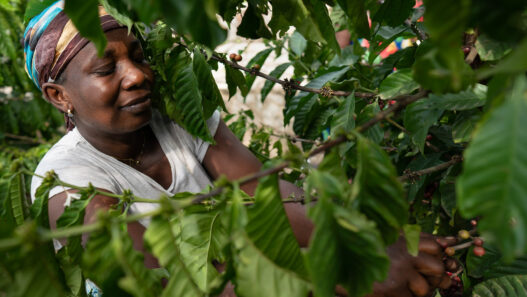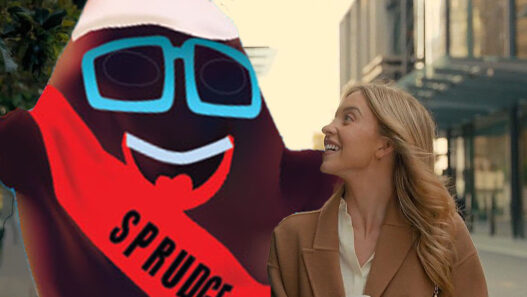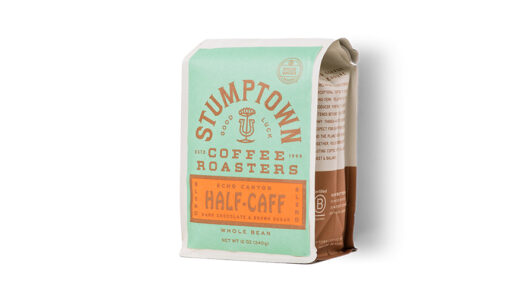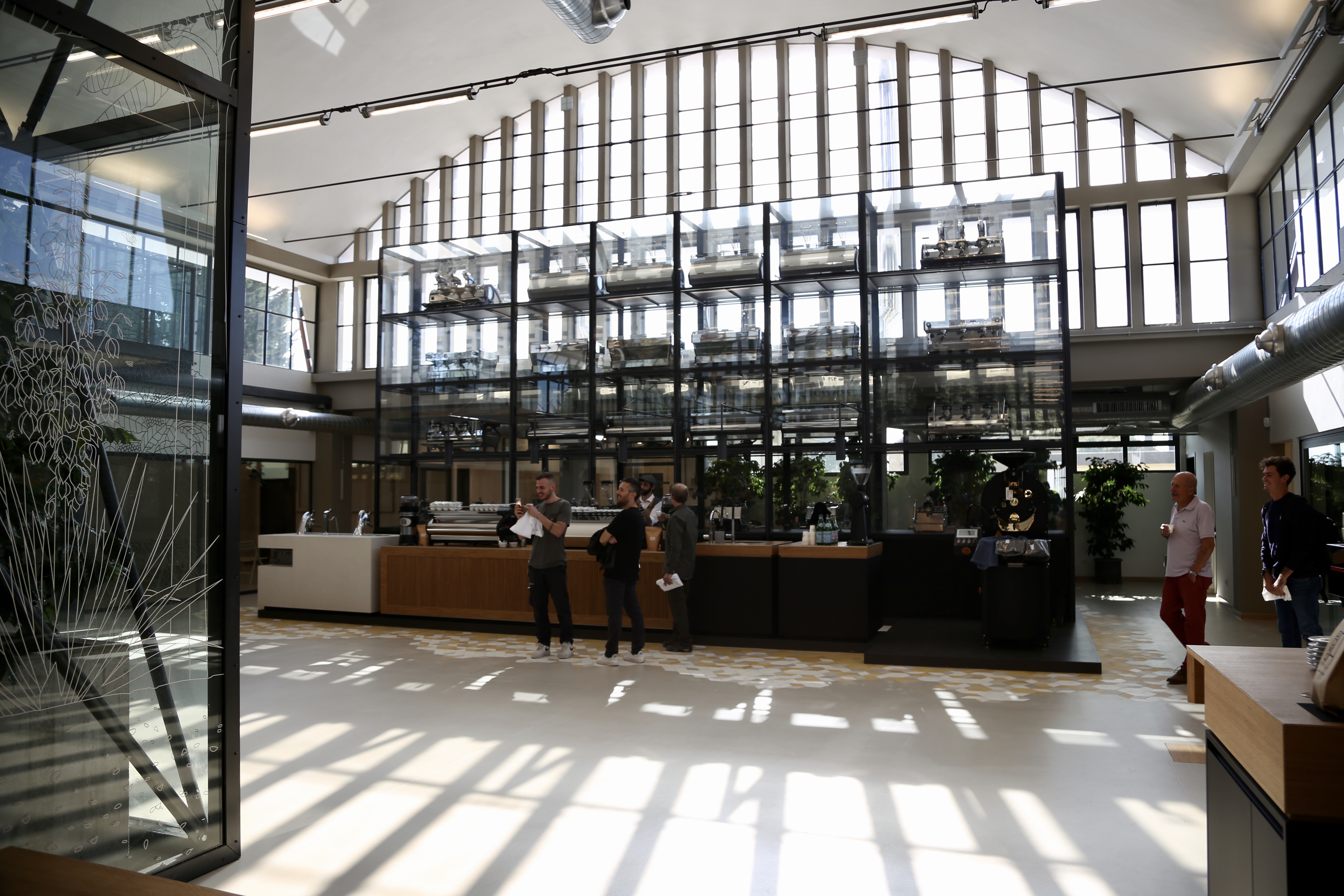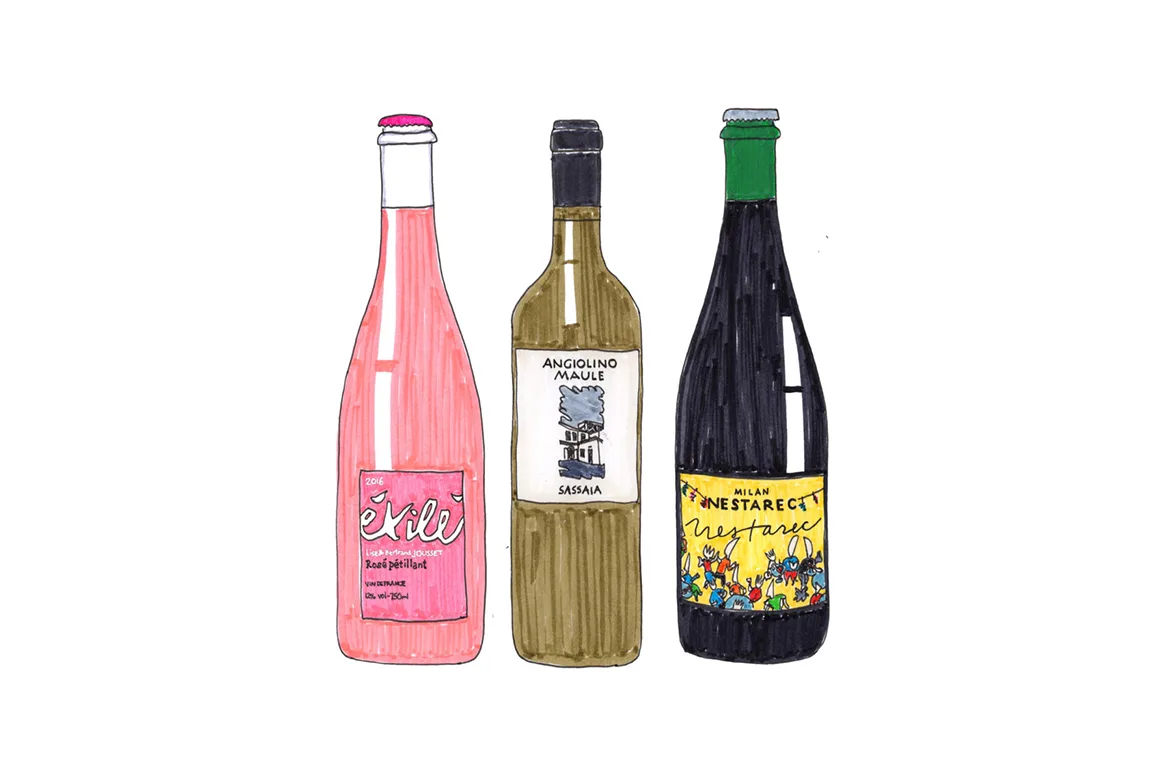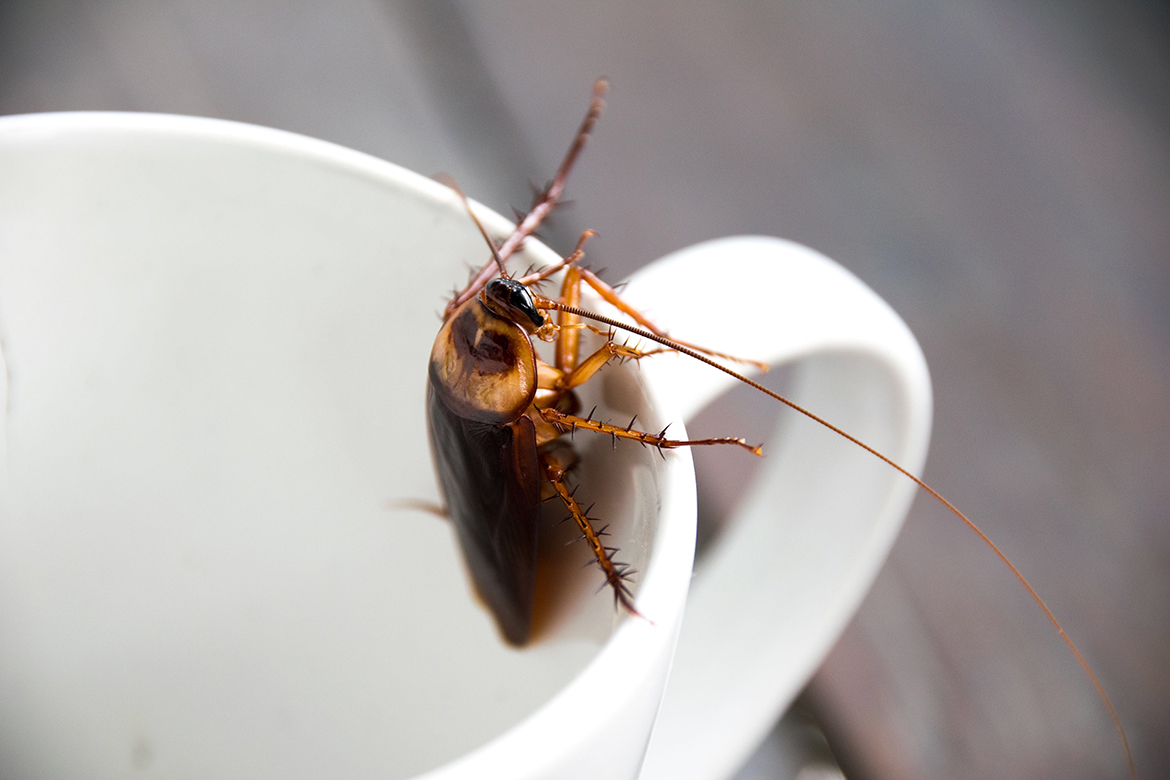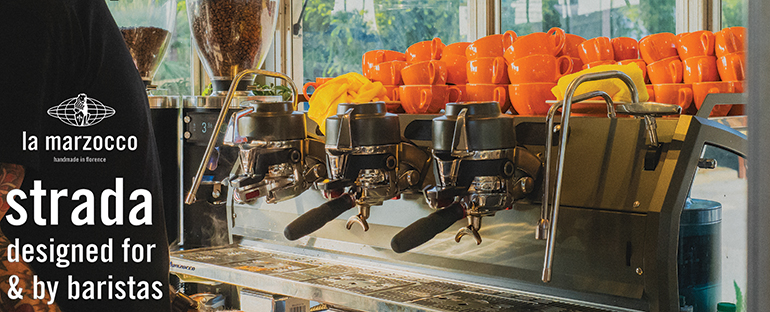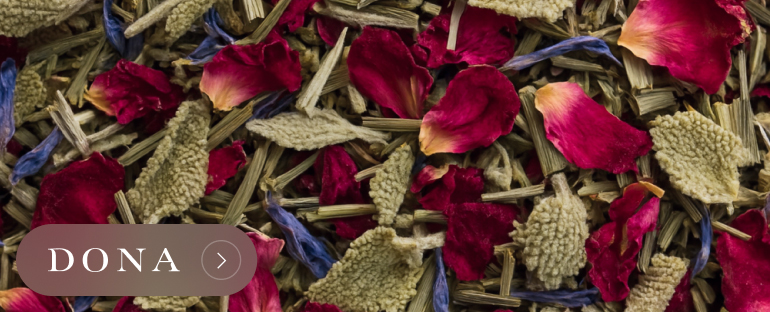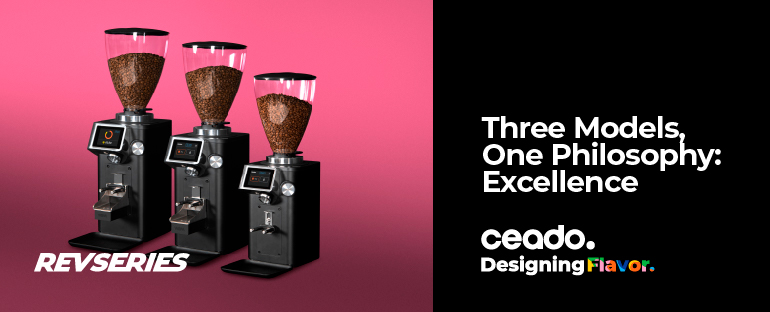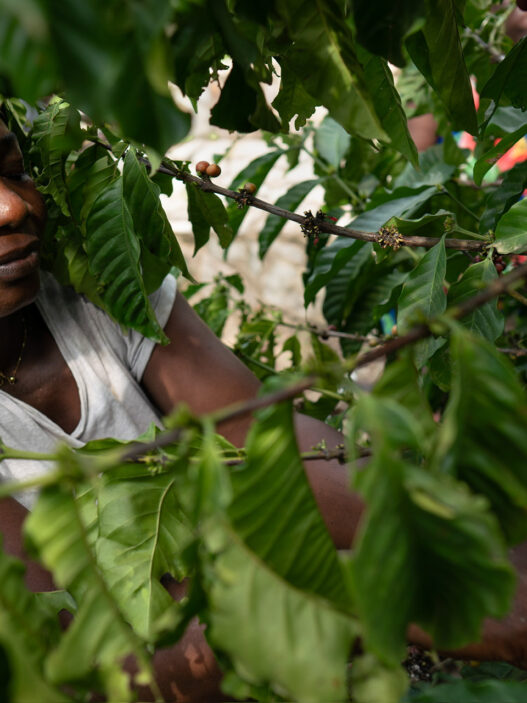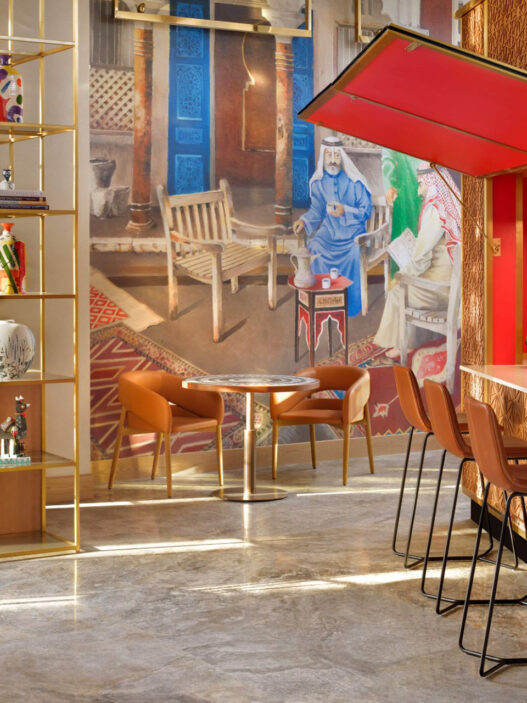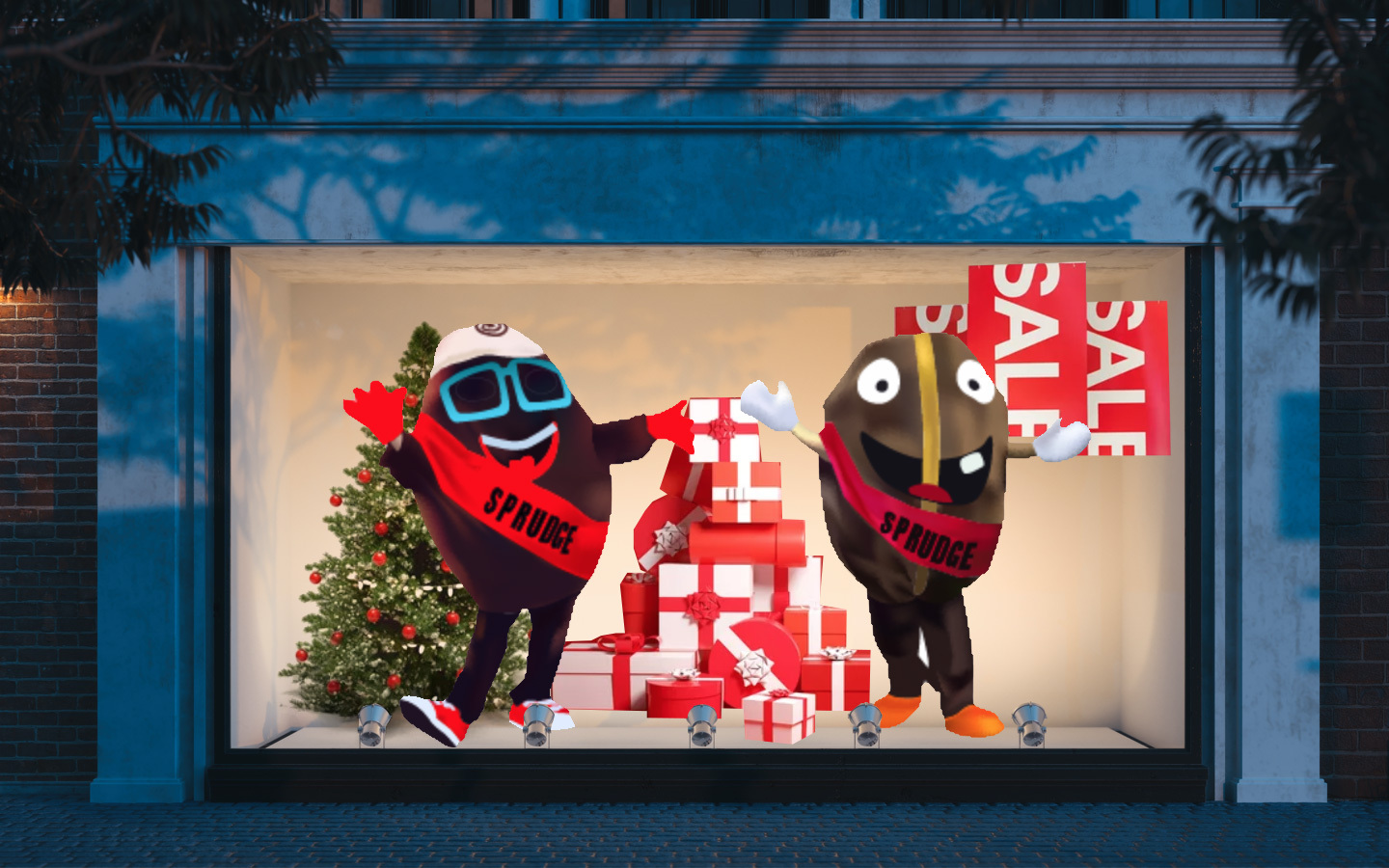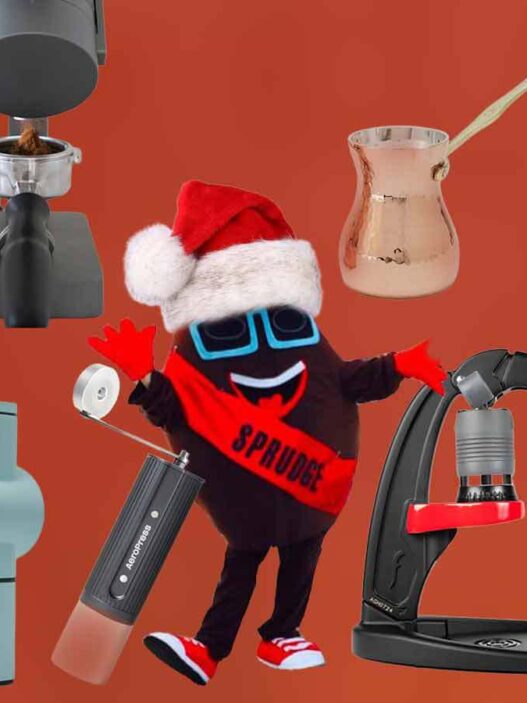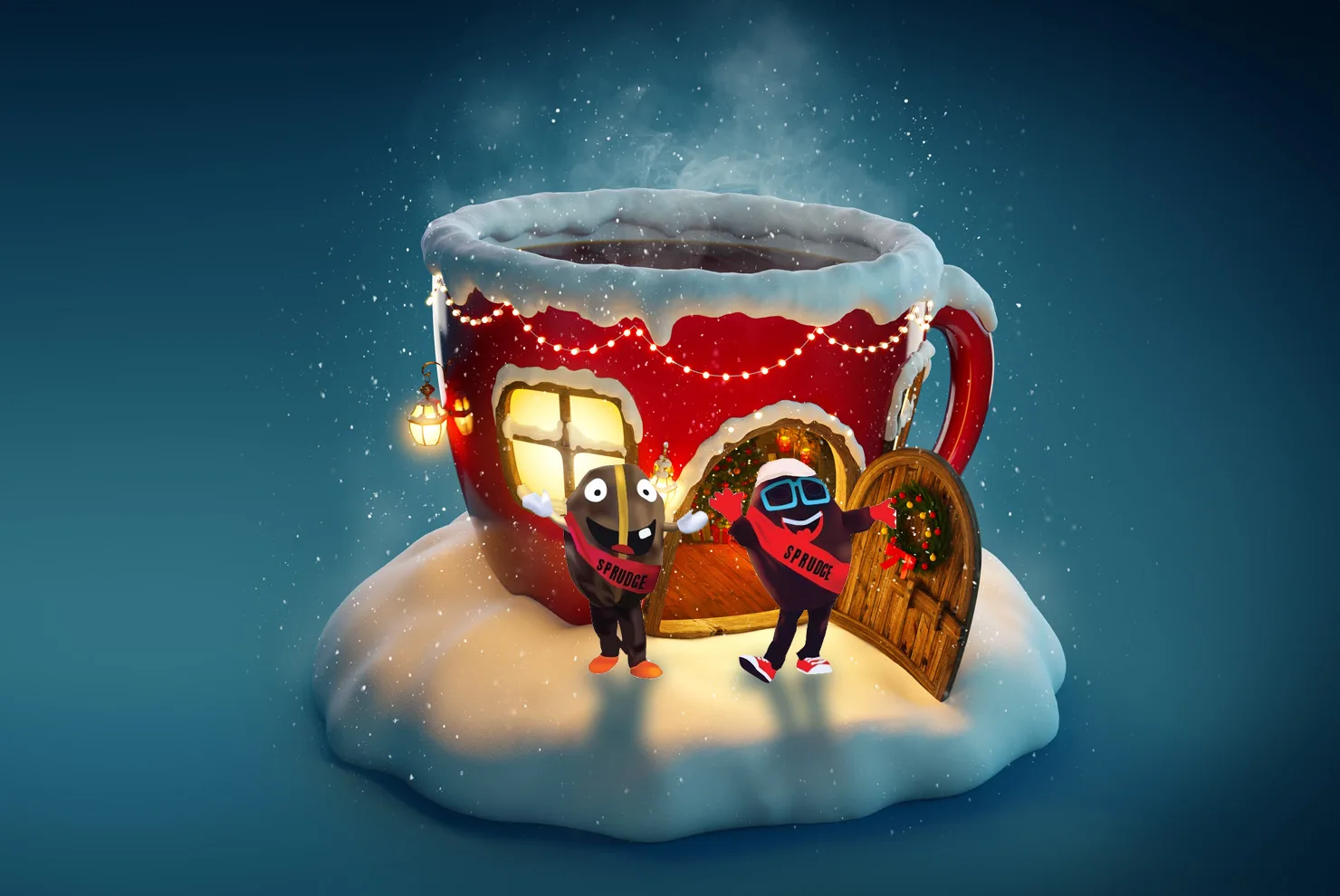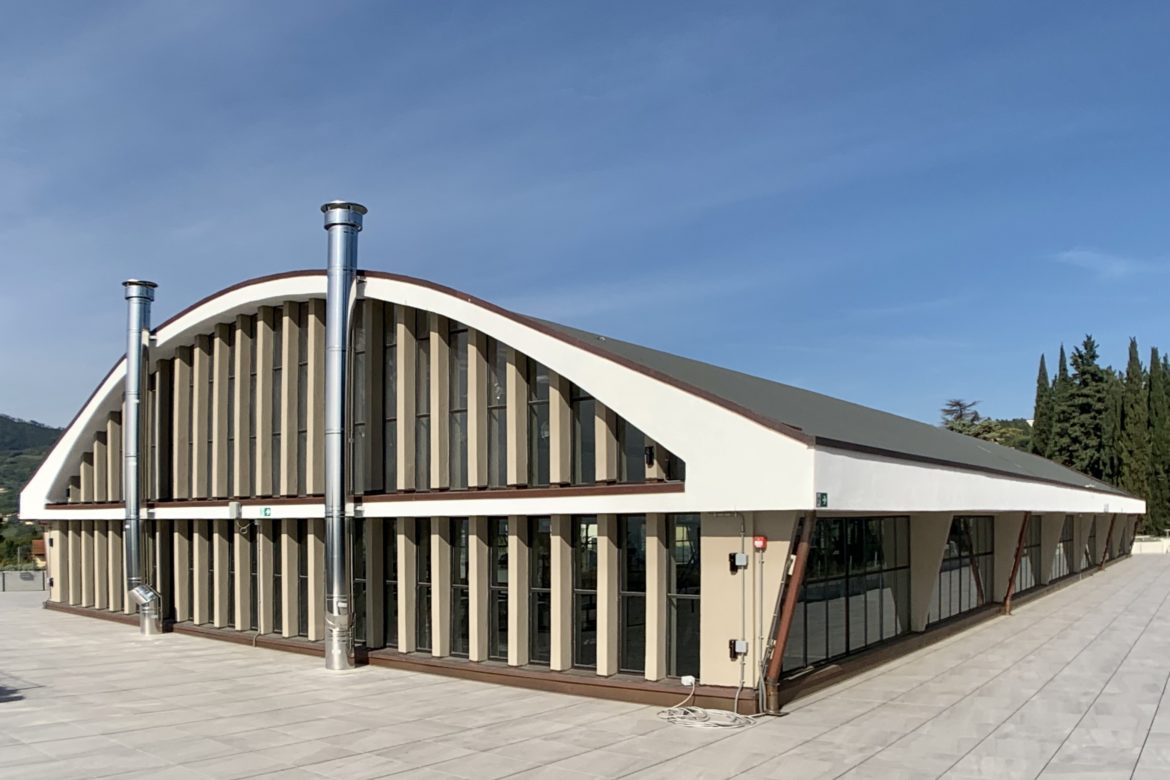 High above the city of Florence, in the hills that roll gently into mountains and valleys along the Via Bolognese, a new must-visit experience has emerged for coffee lovers this world over. This is Accademia del Caffè Espresso, presented by La Marzocco and housed inside the original La Marzocco workshop headquarters, circa 1959, reimagined today as a global education and innovation center dedicated to specialty coffee.
High above the city of Florence, in the hills that roll gently into mountains and valleys along the Via Bolognese, a new must-visit experience has emerged for coffee lovers this world over. This is Accademia del Caffè Espresso, presented by La Marzocco and housed inside the original La Marzocco workshop headquarters, circa 1959, reimagined today as a global education and innovation center dedicated to specialty coffee.
“This place is like my third daughter”, says Marta Kokosar, General Manager at Accademia del Caffè Espresso who has personally overseen the concept and creation of this project over the last half-decade, working closely with LM CEO Guido Bernardinelli, who assumed the role in 2018. Kokosar and her team showed off the space to a small, invite-only group of key partners, international press, and local media across a three day period immediatley following HOST 2019 in Milan. Sprudge co-founders Jordan Michelman and Zachary Carlsen were part of this intimate group.
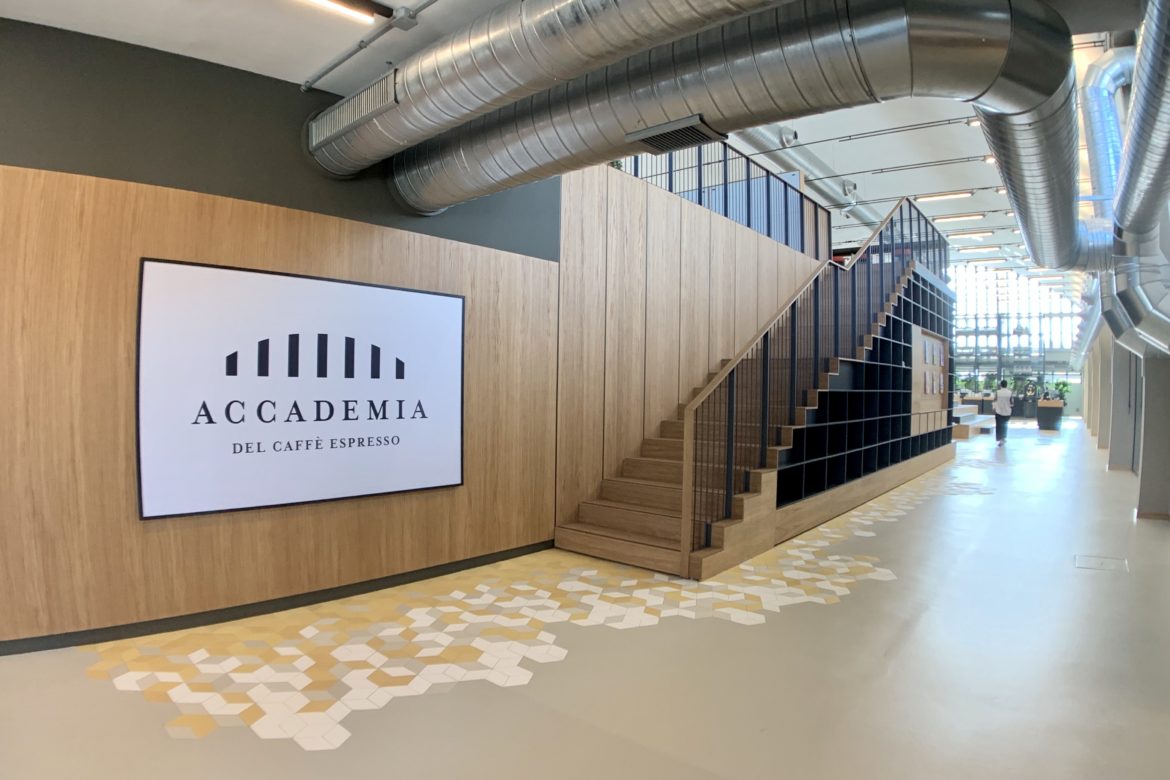
The overall effect of Accademia is somewhere between an interactive coffee art project, a fully-functioning coffee-themed events center, and an interactive Smithsonean museum. It’s engaging and fun, full of little details that stick with you long after the visit. There are lecture rooms and cupping, roasting, and coffee brewing facilities, and a coffee and business book library personally donated by Bernardinelli from his collection acquired across a life spent traveling in the coffee business. What you won’t find is an overwhelming amount of La Marzocco branding; the company’s stated goal is for Accademia to function as open center for innovation and inspiration beyond any one specific brand.
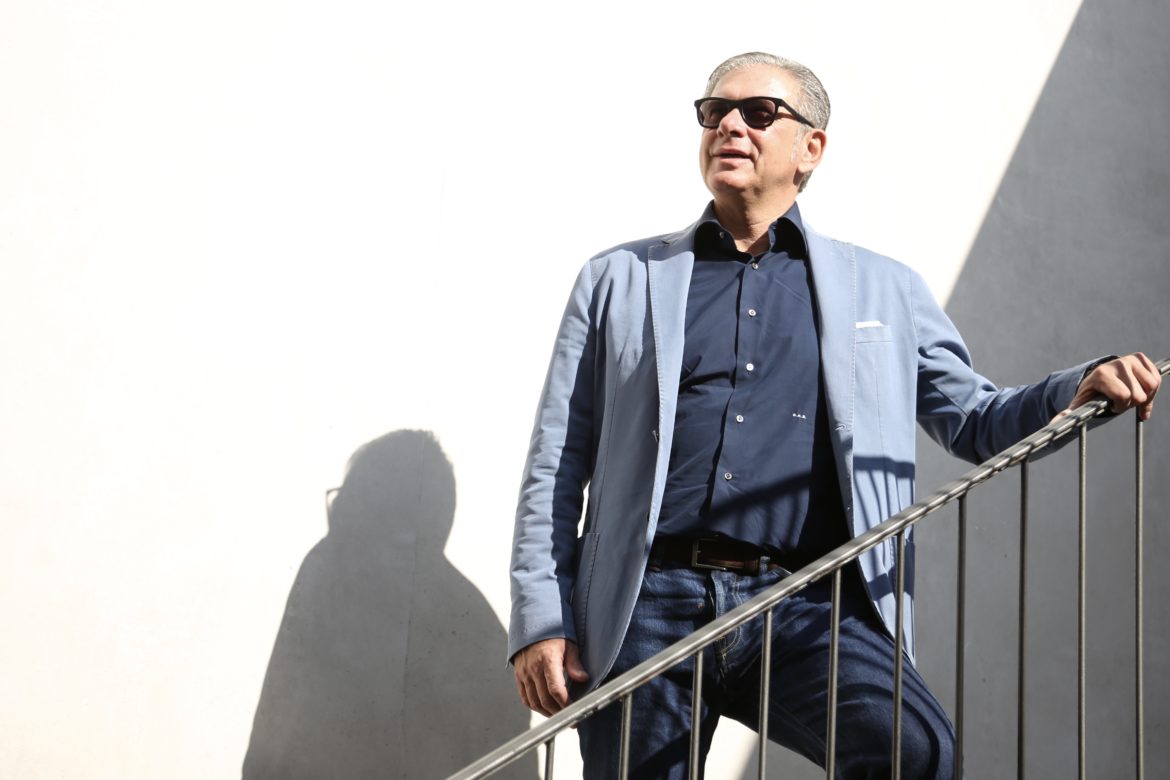
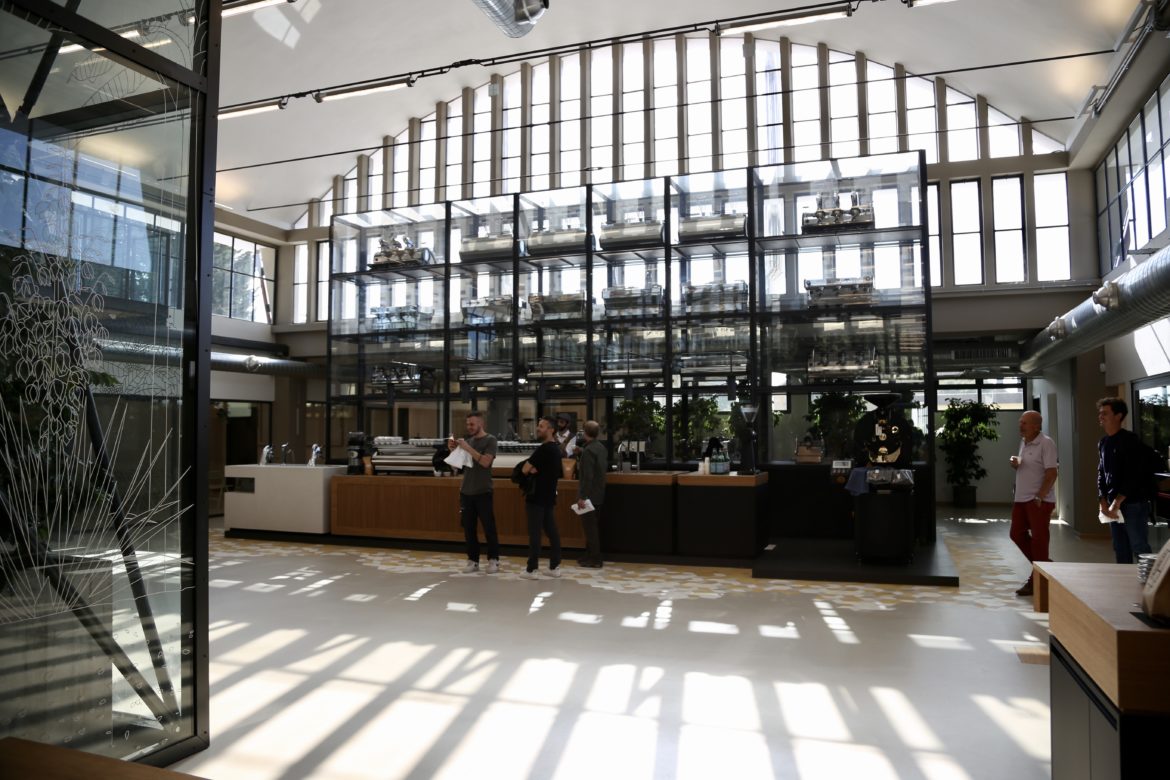
Guests walking the tour are first greeted by a brand history, offset by one of the original La Marzocco workbenches that once occupied this factory space. Accademia sprawls across the 2500 square meter — 4000 square meter total original La Marzocco production factory, a arched bow truss building from 1959 that now enjoys protected architectural status under Italian law.
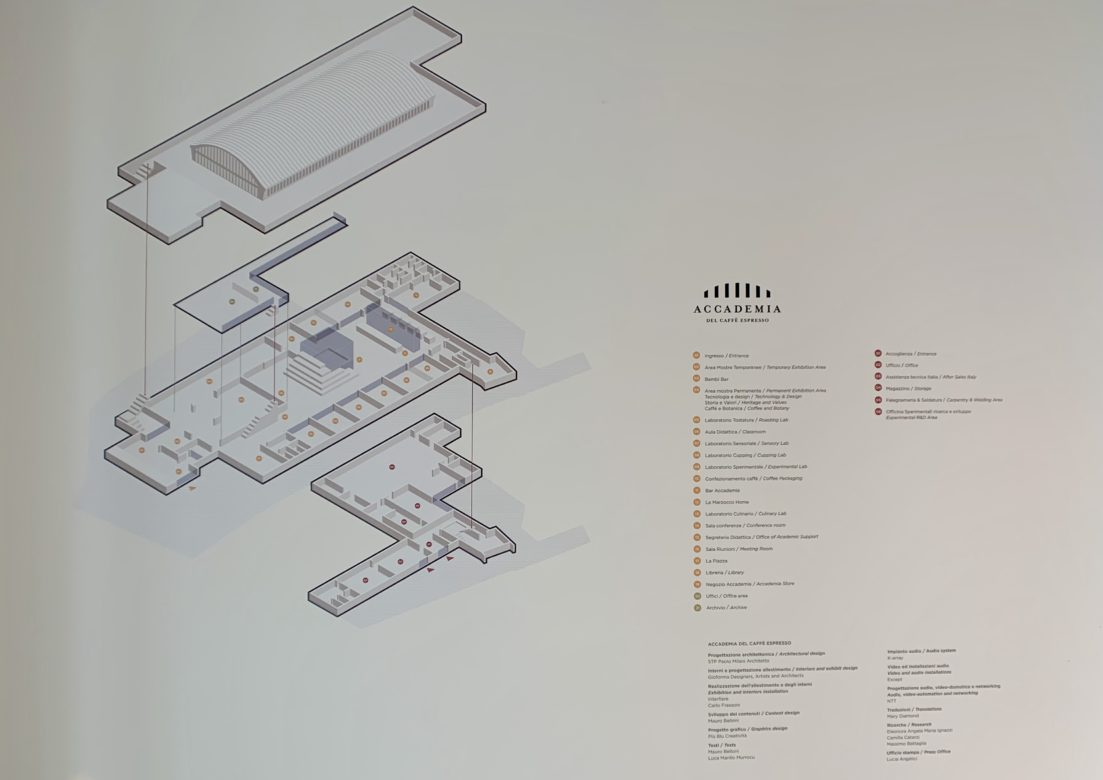 From here there’s a bit of wonder: a massive, interactive Charles Morgan sculpture that functions like a Rube Goldberg device, built entirely from spare La Marzocco espresso machine parts; an interactive hologram depicting La Marzocco product elements in three dimensions; and my personal favorite part of the musuem, a fully functioning original “Bambi Bar” from the early 1970s, seving espresso, amari and Italian candies just as it might have 50 years ago. The bar was sourced in original condition from a nearby town here in Tuscany, and across it comes two unique espresso blends—one a modern take on Italian espresso, the other a purposively retro interpretation of the mid-century Italian tradition, comprised of 60% arabica and 40% robusta. “You’re going to want some sugar,” the barista tells me, and I dutifully oblige. “No, a little more.”
From here there’s a bit of wonder: a massive, interactive Charles Morgan sculpture that functions like a Rube Goldberg device, built entirely from spare La Marzocco espresso machine parts; an interactive hologram depicting La Marzocco product elements in three dimensions; and my personal favorite part of the musuem, a fully functioning original “Bambi Bar” from the early 1970s, seving espresso, amari and Italian candies just as it might have 50 years ago. The bar was sourced in original condition from a nearby town here in Tuscany, and across it comes two unique espresso blends—one a modern take on Italian espresso, the other a purposively retro interpretation of the mid-century Italian tradition, comprised of 60% arabica and 40% robusta. “You’re going to want some sugar,” the barista tells me, and I dutifully oblige. “No, a little more.”
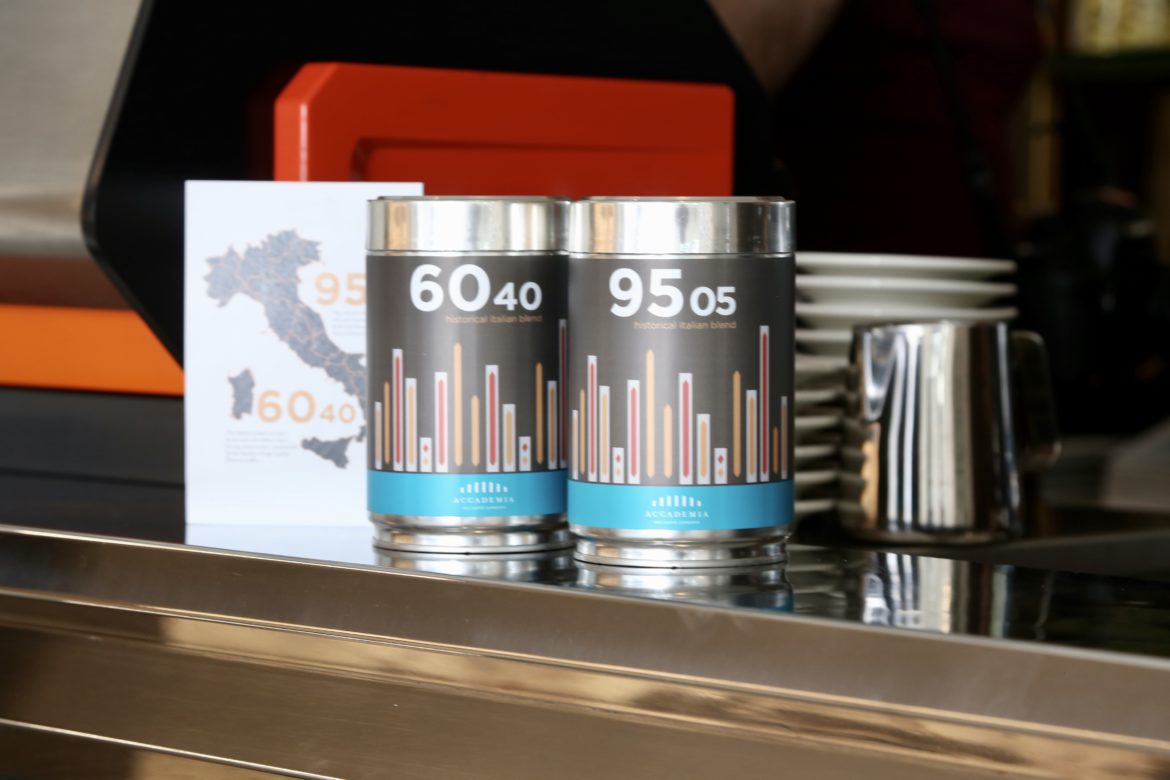
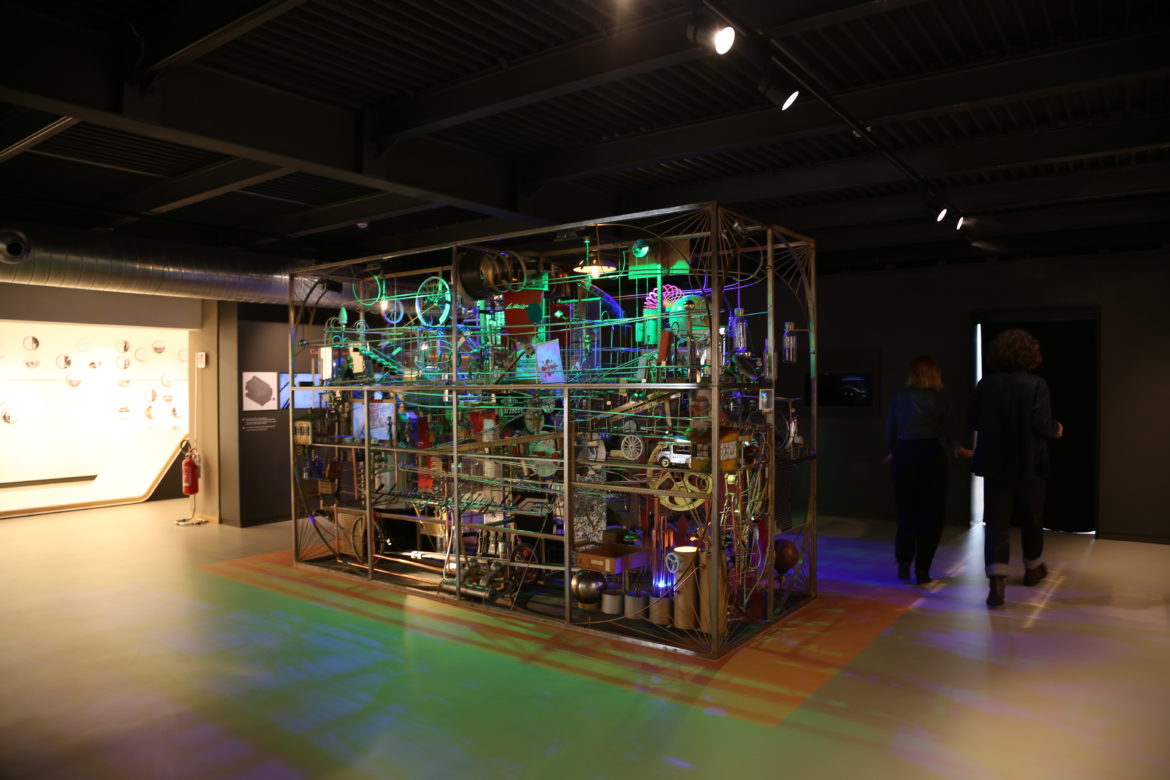
As you move through the space, past the mid-century “Rocket” pinball machine (the Brothers Bambis once had a stake in the local pinball business), guests are greeted by an expansive timline with more than a hundred unique entries, trailing the intertwining narratives of the twentieth century, coffee history, and the La Marzocco story as it weaves from Bambi family business to international company. The timeline is unexpectedly personal—photos of the 1966 Florence flood are offset with photos of the Babmi brothers helping friends and clients rebuild. There’s an entry for Italy’s victory over Germany at the 1970 World Cup, as well as notices for the launch of La Marzocco in Seattle by Kent Bakke, La Marzocco’s sponsorship of the first-ever World Barista Championship in 2001, and the creation of Songwa Estates in 2007.
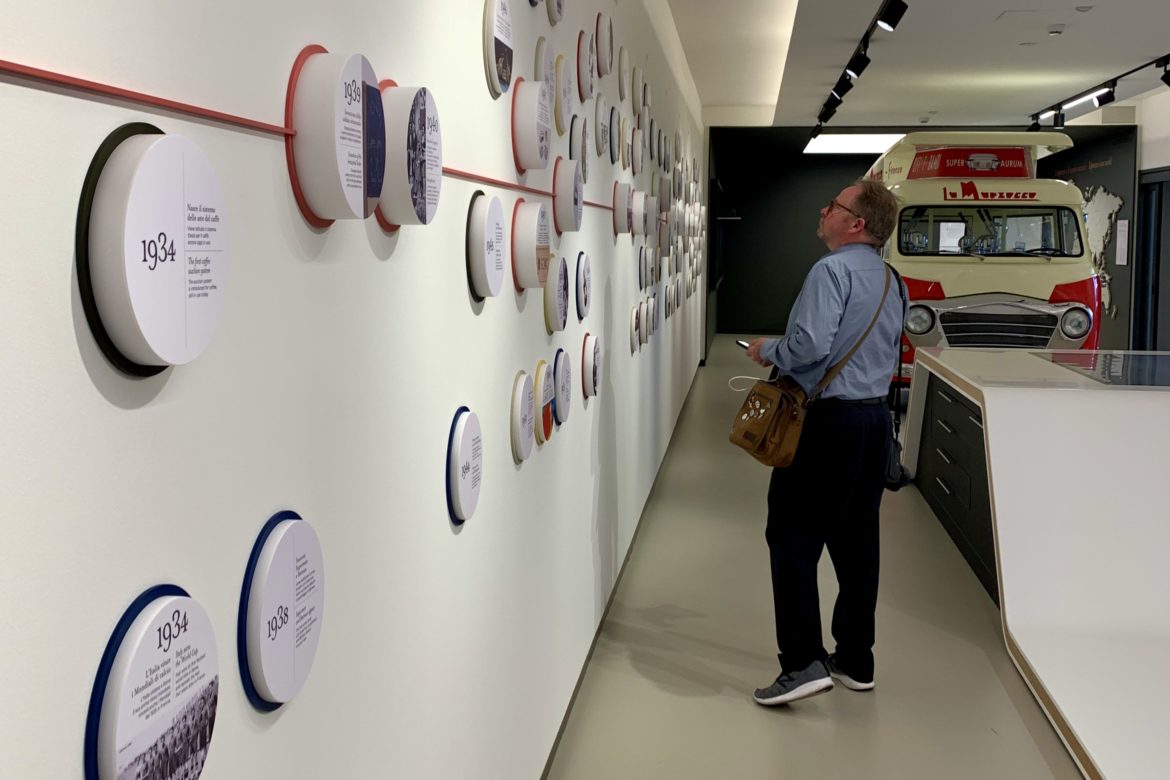
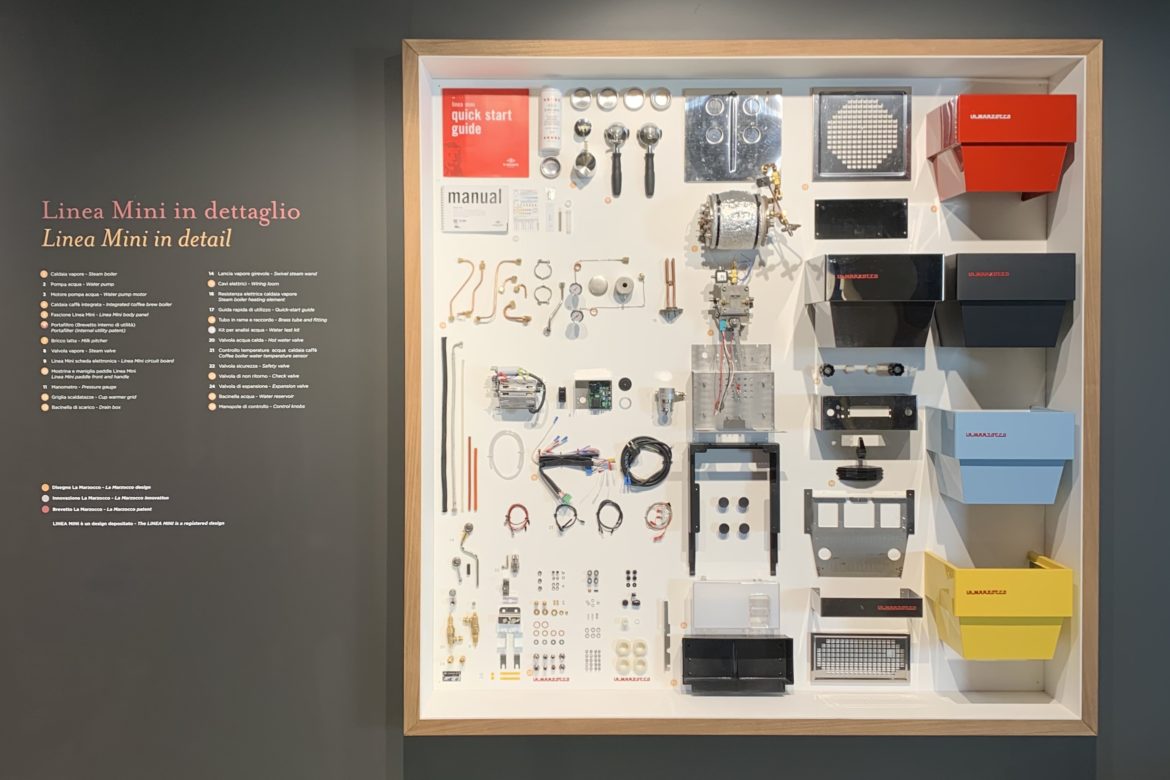
More details abound: a gorgeous Alfa Romeo van converted into a traveling showroom in the 1960s by Giuseppe Bambi, and outfitted with vintage equipment like the “Disco Volante” grinder (1960) and the “Rondine” single group lever machine (1953); a gorgeous floor to ceiling coffee genus mural created in collaboration with Cafe Imports, alongside soil samples, coffee shrubs and processing models; an enormous video display board showing off social media interactions and posts from visiting guests.
The central interior of the great space is dominated by a grand green house filled with forestry meant to evoke a coffee farm, including full-grown red and yellow caturra shrubs, banana and taro trees, and shade plants. The greenhouse is almost more like a biosphere, controlled internally by a complex temperature, humidity, and irrigation regulatory system—when a guest steps inside for a wander and a selfie, a member of the Accademia team hits the “mist” function.
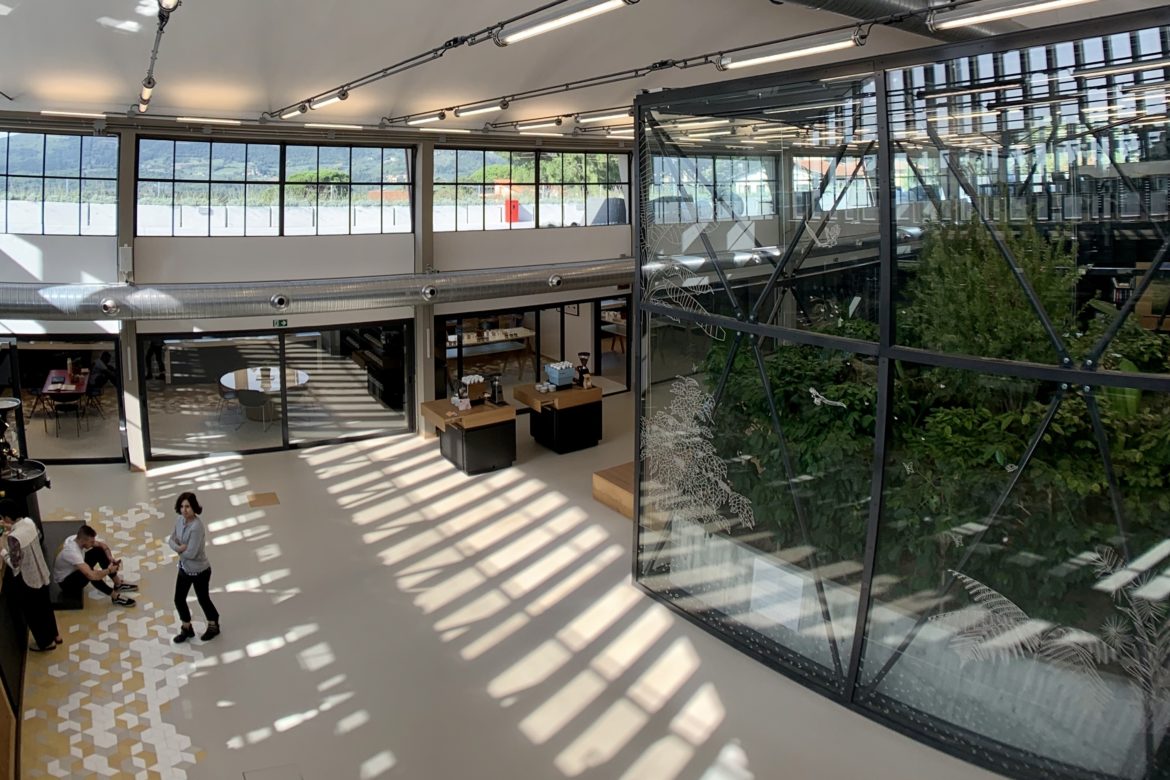
All around you one catches glimpses of the lush, rolling Tuscan hillside, anchoring the Accademia experience to a sense of place. Astonishingly enough, despite all the detail, just Marta Kokosar and her team estimate that just 70% of the space is complete as of this preview—much more content and points of interaction will come in the coming months, as the space prepares to accept daily guests in Spring 2020. This includes the addition of a custom workshop in Accademia’s basement, overseen by long-serving La Marzocco artisans, many of whom have been with the company for decades, starting as teenagers.
Guests and newcomers are immersed in coffee history and culture, but for La Marzocco staff this place is rich with an additional dimension of meeting. Towards the end of our visit we chatted with Chris Salierno, La Marzocco’s Marketing Director, and ask him about his personal favorite part of the space. We talk about the Morgan sculpture, the biosphere, the gorgeous cupping rooms with their expansive views, but then a grin comes across his face. “Come here, I’ll show you my real favorite place.”
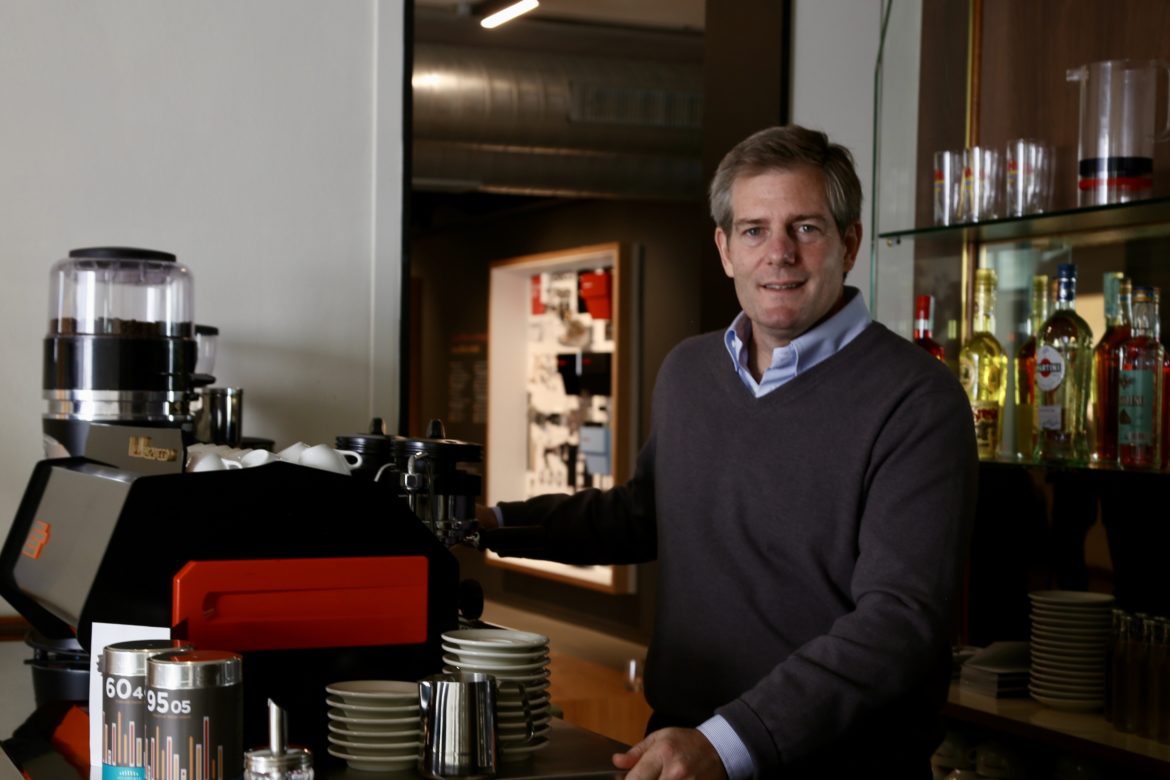
Down a back hallway and a short stairwell, we come to a non-descript landing framed by a vast, lush, green hillside view. There are a few massive plants hanging out on the corner of the terrace, but otherwise the space is blank, dominated by the view. “This is a special place for me,” says Salierno. “Upstairs where the cupping rooms are now, these were our offices—Piero had the big space on the end, I had a little marketing space down the way. But this here,” he says, gesturing to the landing around us, “This used to be where the tour would end. Everyone would meet here in the old days.”
Salierno went on, smiling. “I remember the first day I met Piero Bambi, when I had just been hired. I couldn’t sleep the night before—I knew in 15 seconds he would decide whether or not he liked me. And when I met him right here on this landing, he greeted me with a huge smile, and a box of pastries and a bottle of prosecco. And so this is my favorite space.”
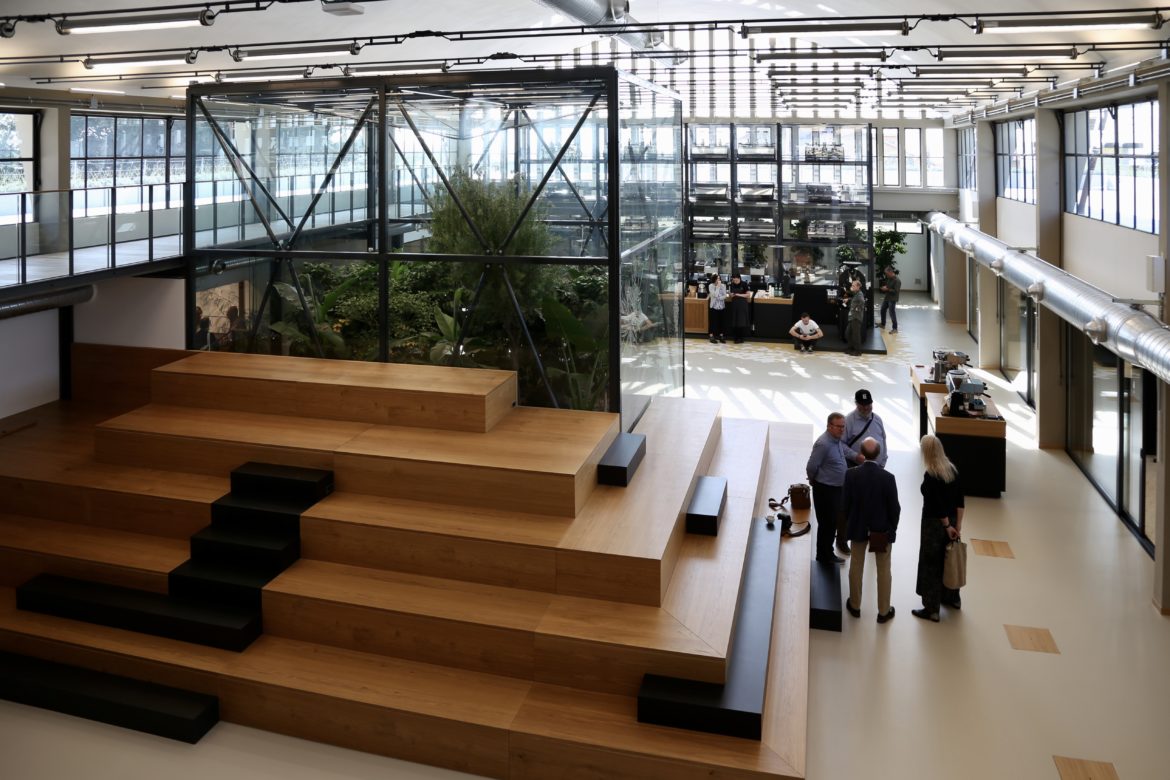
Except this remembrance is not in the past tense. Piero Bambi, age 85, attended opening day at Accademia, bringing the transition full circle, from a workshop and factory overseen by a small group of Florentine espresso craftsmen to global hub for the international La Marzocco brand and its next generation of builders and innovators. This project is far from finished; the innovation continues.

Accademia del Caffè Espresso’s General Manager is Marta Kokosar; the project’s Content Curator is Eleonora Angela Maria Ignazzi; Silvia Bartoloni is the Alliance Coordinator; Massimo Battaglia is Head of Education; Gianni Tratzi serves as Espresso Specialist; and Stefano Della Pietra is the Head of Custom & Innovation Workshop.
Public appointments at Accademia del Caffè Espresso are available beginning Spring 2020. More innovation is available at Accademia del Caffè Espresso’s official website, and on Instagram.
Original feature and photos by Jordan Michelman and Zachary Carlsen, co-founders at Sprudge Media Network.
Disclosure: La Marzocco is an advertising partner on Sprudge Media Network.




